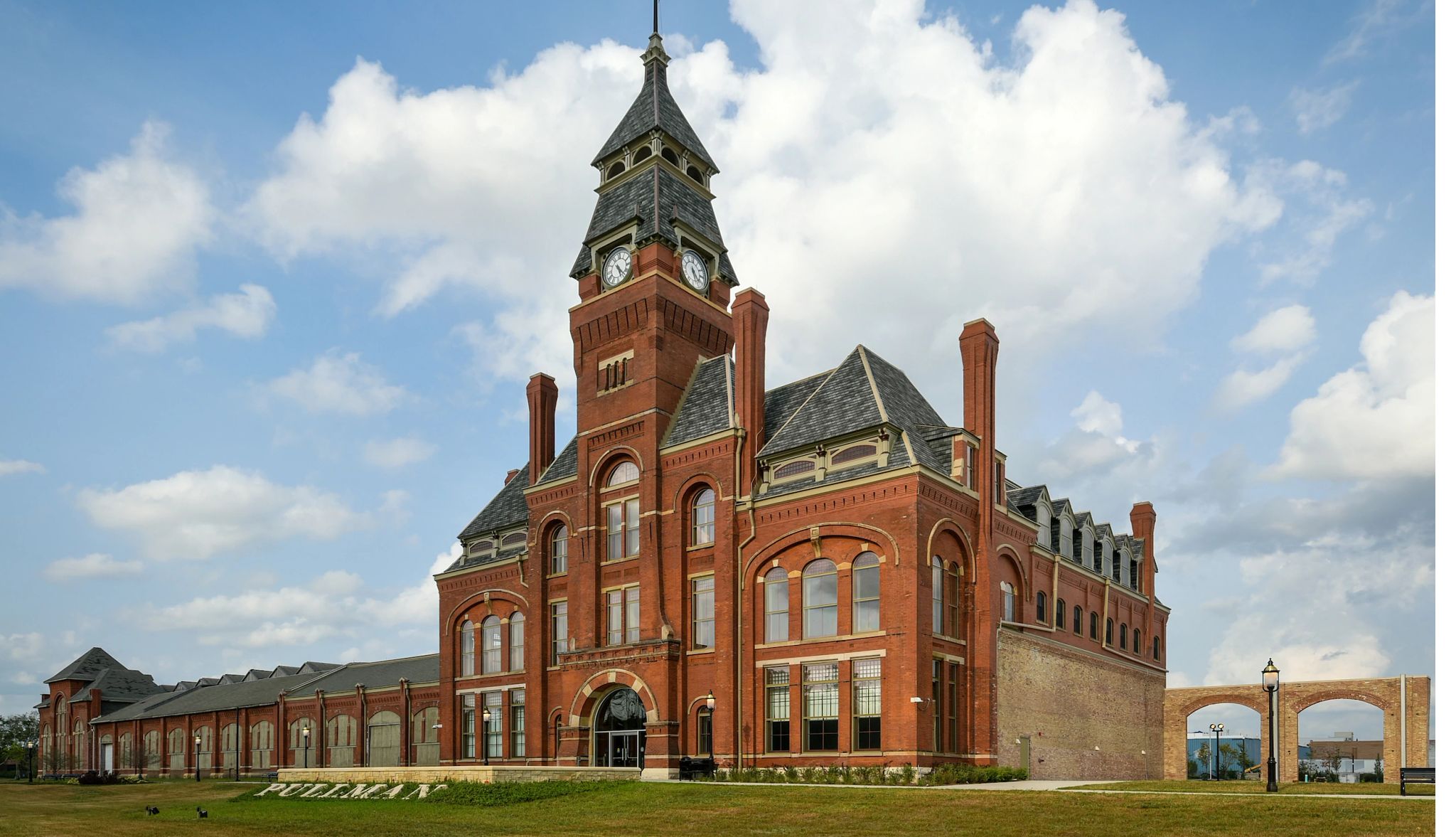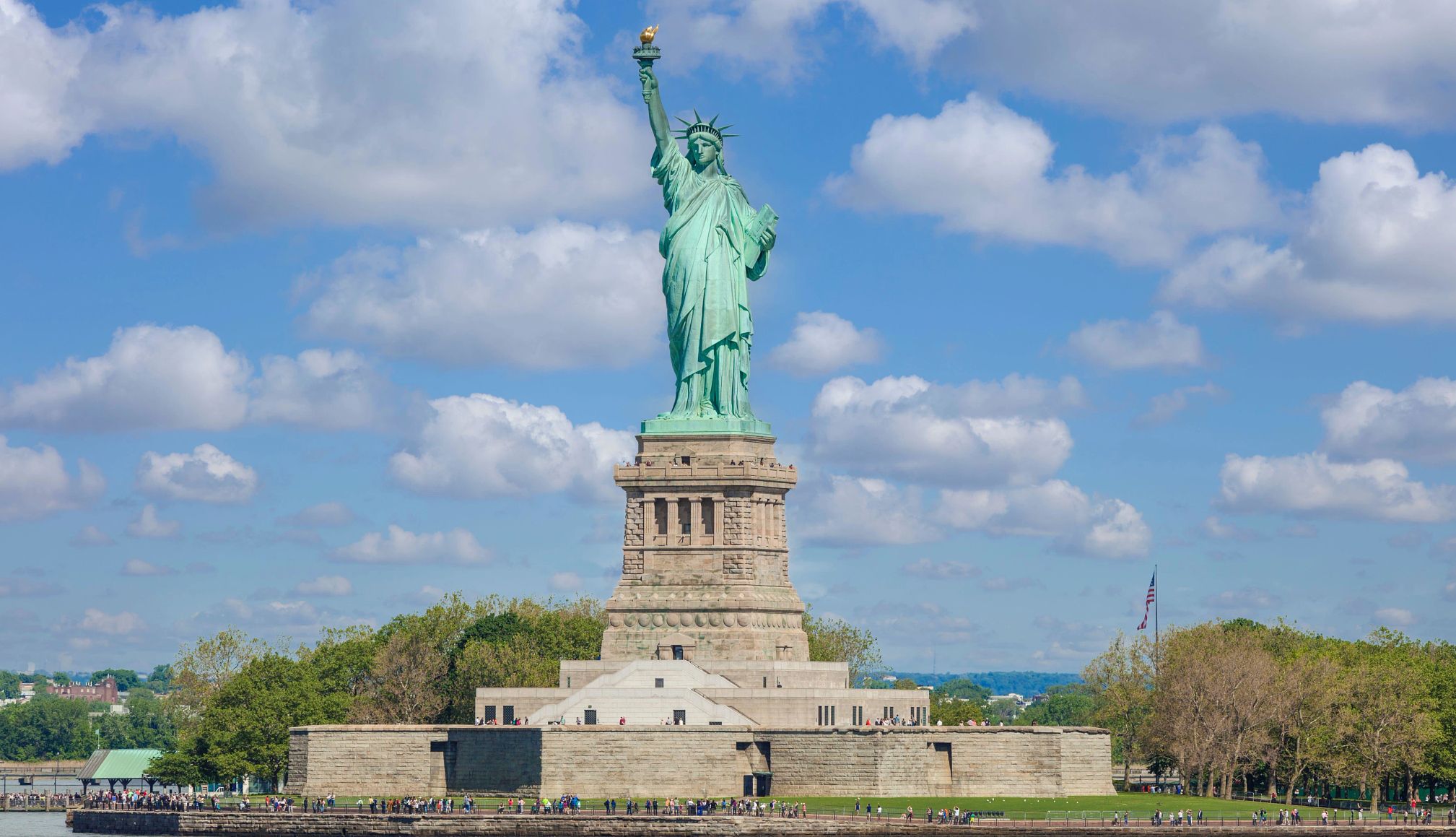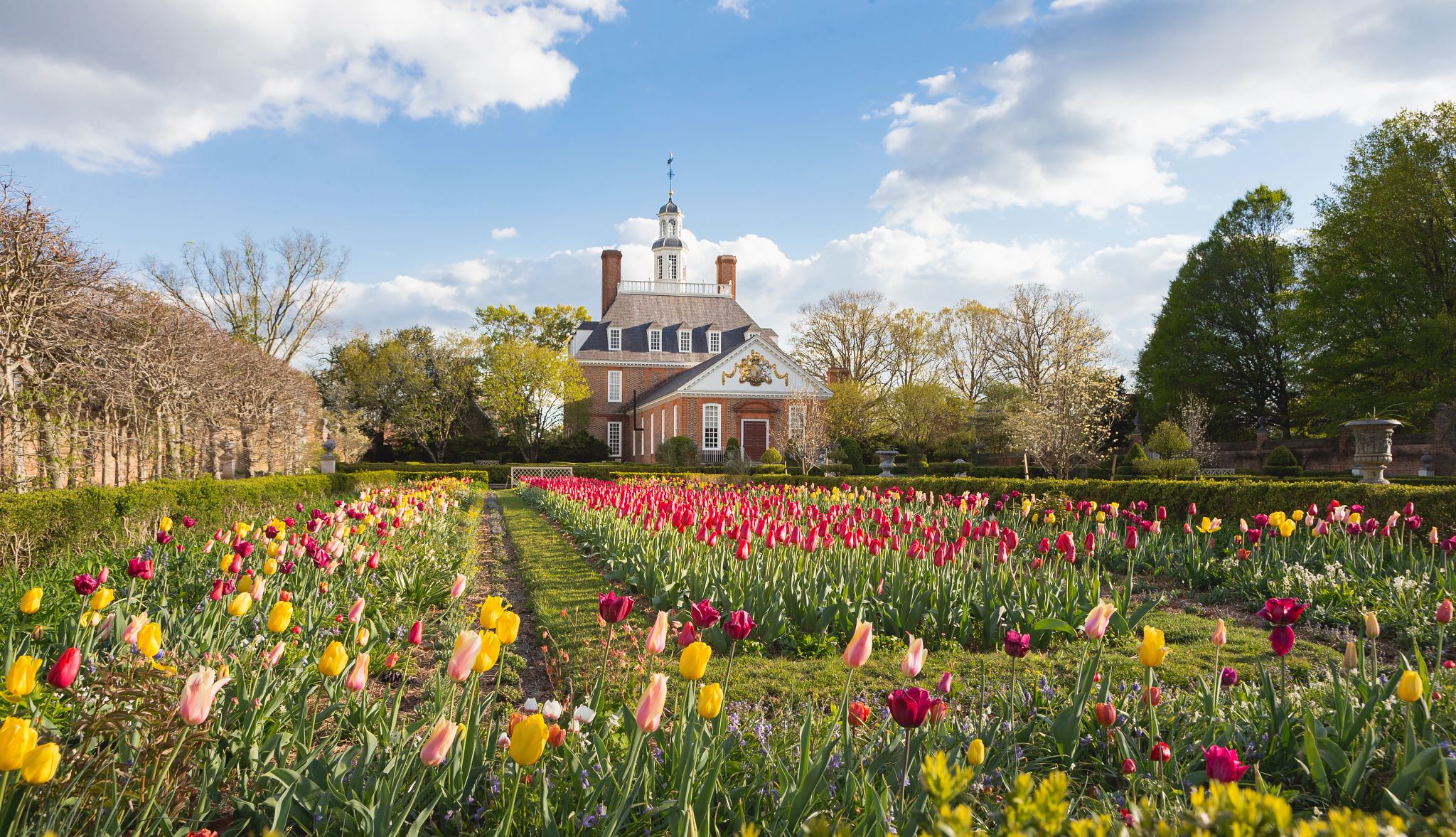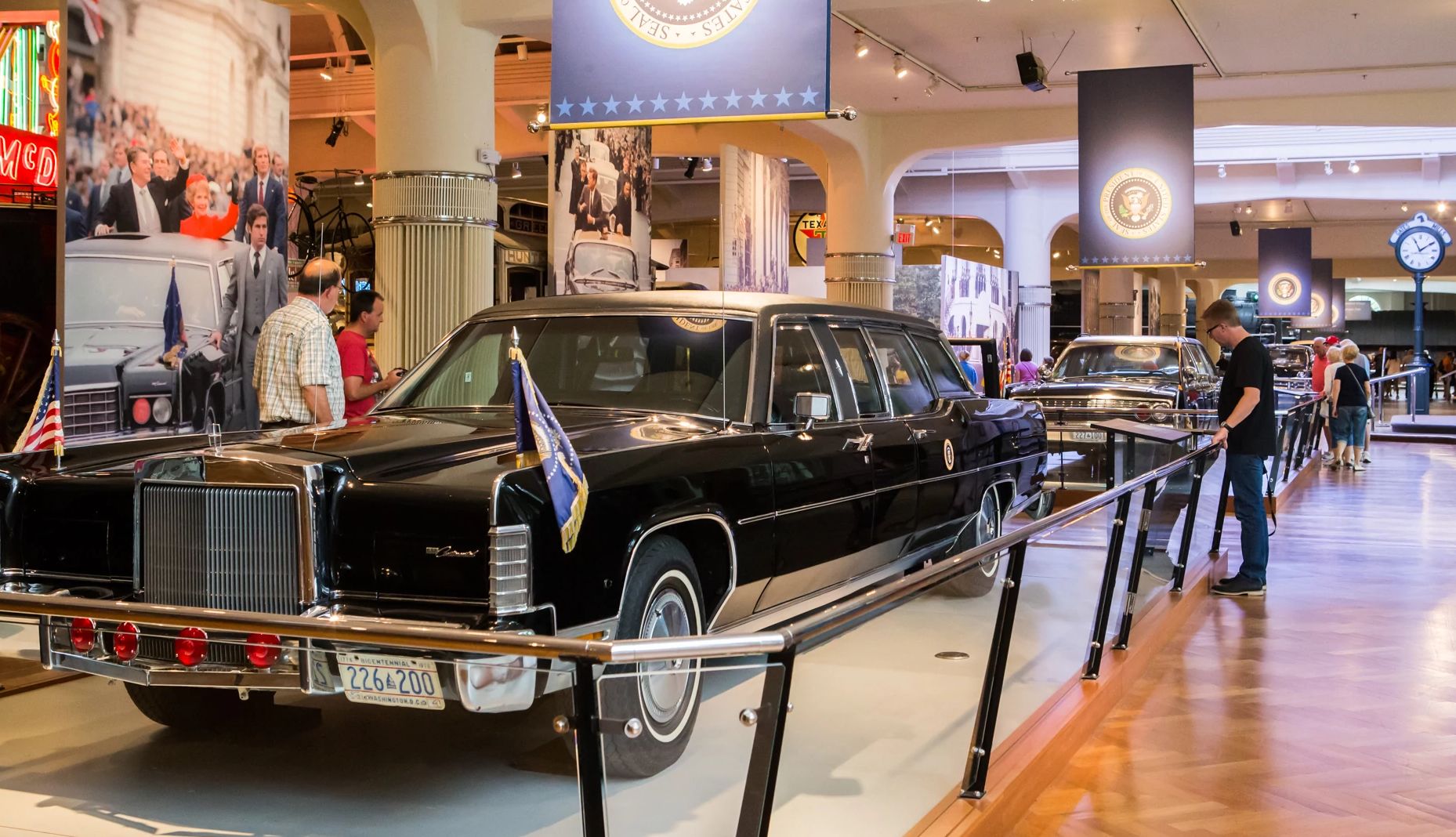AARP Hearing Center
The diverse beauty of the U.S. landscape inspires many people to hike, walk, bike or just gaze at the scenery up close. The National Park System (NPS) supplies plenty of opportunities to connect with this country’s natural wonders. However, you don’t have to be able to scale mountains or walk miles to enjoy them. Traveling to the wilderness isn’t the only way to enjoy a national park, you can also visit a city-based park.
An overlooked aspect of NPS is the historic and cultural parks that honor not just the outdoors but also the significant sites that reflect American history. These parks don’t require advanced mobility or even traveling great distances since many are in easily accessible cities. Accessibility is important as 14 percent of travelers 50-plus say they need accommodations for a disability, with 78 percent of those needing accommodations for mobility, according to a recent AARP travel trends survey.
Whether you’ve always longed to visit a national park but didn’t think you could tackle it physically, or even travel the distance required, these parks offer accessibility and manageable travel for most people. Here are five NPS park sites tucked into the heart of cities that deliver just as much excitement as bigger, rural parks.


1. Pullman National Historical Park, Chicago
The National Park System added Chicago's Pullman National Historical Park in 2015. Spanning 12 acres on the city’s far South Side, the park preserves the history of one of the first planned industrial communities in the U.S.
George Pullman founded the Pullman Palace Car Company in 1867 and soon amassed a fortune by developing comfortable and luxurious accommodations for cross-country train travel. He purchased 4,000 acres of open prairie to start a model industrial town for Pullman workers, which he completed in 1884. The park includes the Hotel Florence, the National A. Philip Randolph Pullman Porter Museum, Historic Pullman Workers’ Homes, and the Pullman Administration Clock Tower Building, which houses the Pullman Visitor Center.
Watch an introductory video and browse through exhibits about labor history, urban planning and civil rights. The center is accessible for all abilities and the exhibits are equipped with no barriers to audio, visual and tactile components. Admission: Free.
Can’t miss: The Pullman National Historical Park is free but check out the Pullman at Home Tours, for $20, which give a glimpse into the lives of Pullman workers and their homes.


2. Statue of Liberty National Monument, New York
The Statue of Liberty National Monument has also been a part of the NPS since 1933. A gift from France that was dedicated in 1886, the 22-story copper sculpture was installed on Liberty Island in the same year.







































































